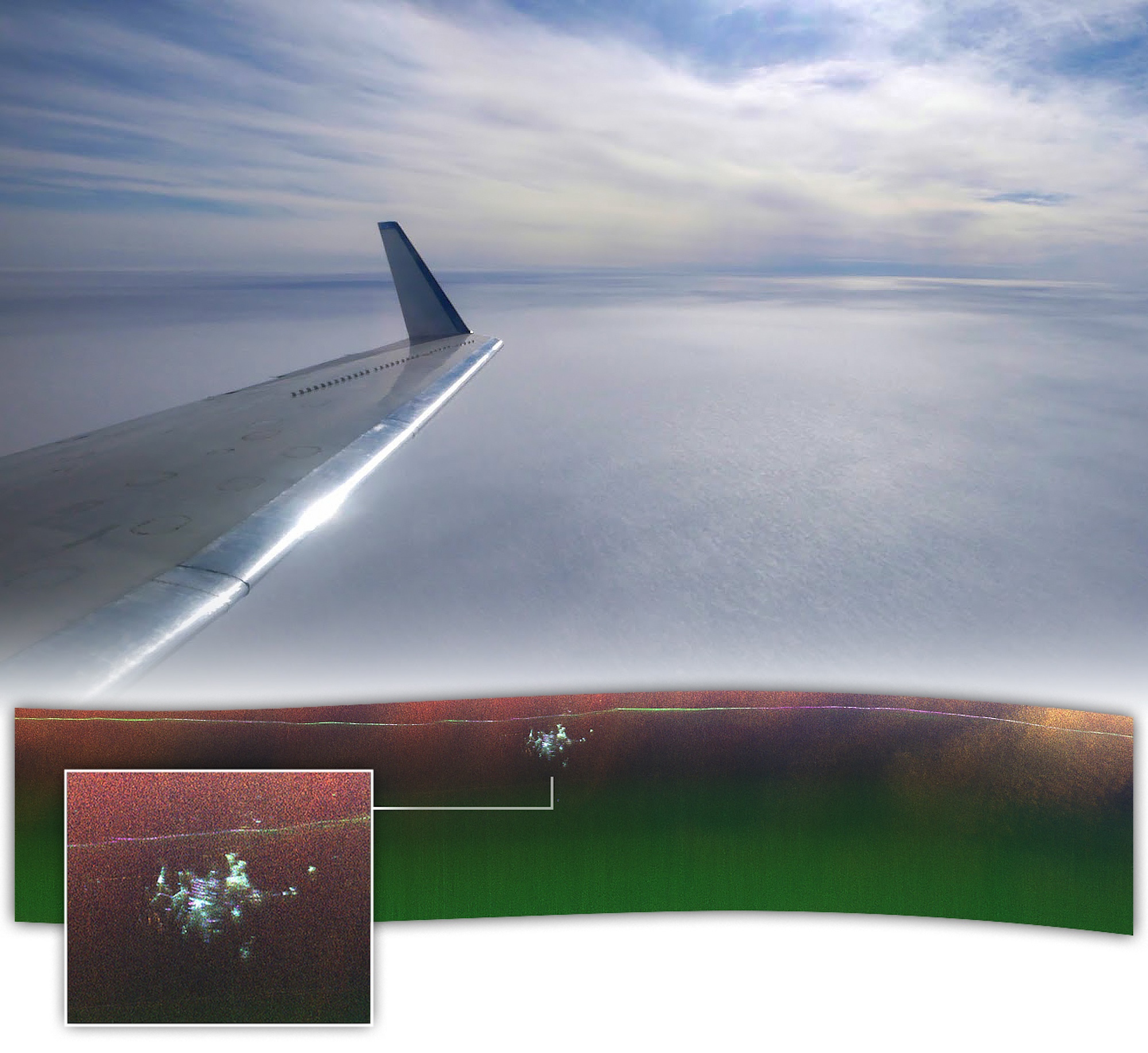The Cold War was full of ambitious and often strange projects. Case in point: Camp Century, the US Army’s subterranean nuclear apocalypse bunker built inside Greenland’s near-surface ice sheet. Construction on the sprawling underground facility began in 1959 under the auspices of a polar research site, but while experts did collect the first-ever ice core samples there, its larger purpose was far more in keeping with the times. In all, project leaders planned for 52,000 square miles of tunnels capable of housing both personnel and nuclear weaponry not far from Russian borders. As Popular Science described in its February 1960 issue:
“In building the fantastic community, 800 miles from the North Pole, Army Engineers, in cooperation with the Danish Government (Greenland is a part of the Kingdom of Denmark), have proved that the traditionally antagonistic Arctic can be tamed… It will be home—snug, comfortable, and warm—for 100 scientists, engineers, and soldiers who are expected to move in late this year. After a hard day’s work they will be able to relax with tall drinks cooled by deep-dug ice that was formed long before Columbus discovered America.”
Get the Popular Science newsletter
Breakthroughs, discoveries, and DIY tips sent every weekday.
The Danish government’s “cooperation” proved to be a bit of a stretch, since the country never entirely signed off on the project. Not only that, but the US Army ultimately scrapped plans to complete the “fantastic city” in 1967, abandoning it to the harsh arctic elements. Nearly six decades later, however, experts can still catch glimpses of Camp Century—provided they have the proper underground radar equipment. And NASA Earth Observatory’s November 25, 2024, Image of the Day highlights just such an occasion.
[ Related: From the archives: Inside the U.S. Army’s plan to build a luxurious city under the Arctic ]
As first flagged by Gizmodo on Monday, the most recent look at Camp Century came during an April 2024 flyby from NASA researchers. The team wasn’t actually looking for evidence of the facility, however. The Gulfstream III flight was instead testing a piece of equipment known as the Uninhabited Aerial Vehicle Synthetic Aperture Radar (UAVSAR).
“Our goal was to calibrate, validate, and understand the capabilities and limitations of UAVSAR for mapping the ice sheet’s internal layers and the ice-bed interface,” cryospheric scientist Chad Greene said in an accompanying statement on Monday.
While flying roughly 150 miles east of northern Greenland’s Pituffik Space Base, the NASA researchers also snapped photos of the polar landscape from the plane’s windows showing a barren, icy expanse. It wasn’t until analyzing the radar images, however, that the team realized what they had flown over without even realizing it.
“We didn’t know what it was at first,” added Alex Gardner, another cryospheric scientist team member. After pinpointing the radar anomaly’s location, researchers realized they accidentally mapped the facility and its current conditions.
 The full image seen from plane window along with the radar imaging of Camp Century. Credit: NASA / JPL
The full image seen from plane window along with the radar imaging of Camp Century. Credit: NASA / JPL
“In the new data, individual structures in the secret city are visible in a way that they’ve never been seen before,” said Greene. But as NASA explains, that data can also distort images to the casual viewer:
“The added dimension also means interpreting the images can be challenging. For example, the long line that appears “above” the base is the ice bed, which lies at least a mile below the ice sheet’s surface and well below the depth of Camp Century. In this view, the ice bed appears over the base because the radar return is showing part of the ice bed that is far in the distance.”
[ Related: How a top-secret nuclear project became a gold mine for data on Greenland’s ice sheet.]
It appears that time has not been kind to Camp Century. Since its abandonment, at least another 70 feet of snow and ice has piled atop the base (and its nuclear reactor’s 47,000 gallons of nuclear waste). Meanwhile, ice sheet plasticity has almost undoubtedly warped facility walls and hallways—a main factor in the US Army’s decision to ultimately shutter the project in 1967. Ironically, that nuclear waste—and the reasons for NASA testing UAVSAR—may one day bring Camp Century back into the public eye.
“Without detailed knowledge of ice thickness, it is impossible to know how the ice sheets will respond to rapidly warming oceans and atmosphere, greatly limiting our ability to project rates of sea level rise,” said Gardner.
As Gizmodo notes, continued ice sheet melting due to climate change may eventually bring Camp Century—and its nuclear waste—closer to the surface than experts would like.

SEE LATEST GIFT GUIDES
Shopping for, well, anyone? Our best birthday and holiday gift recommendations mean you’ll never need to buy another gift card.
Author :
Publish date : 2024-11-25 05:39:00
Copyright for syndicated content belongs to the linked Source.
—-
Author : theamericannews
Publish date : 2024-11-26 07:26:31
Copyright for syndicated content belongs to the linked Source.